To go upwind
Upwind means moving towards or against the wind or the direction from which it is blowing. When sailing crosswind, your trajectory is perpendicular to the wind axis. To go upwind, the angle of your trajectory must be less (75° – 45°). To do this, you have to sail upwind by alternating Port and Starboard (basically, you zigzag to get closer to the wind).
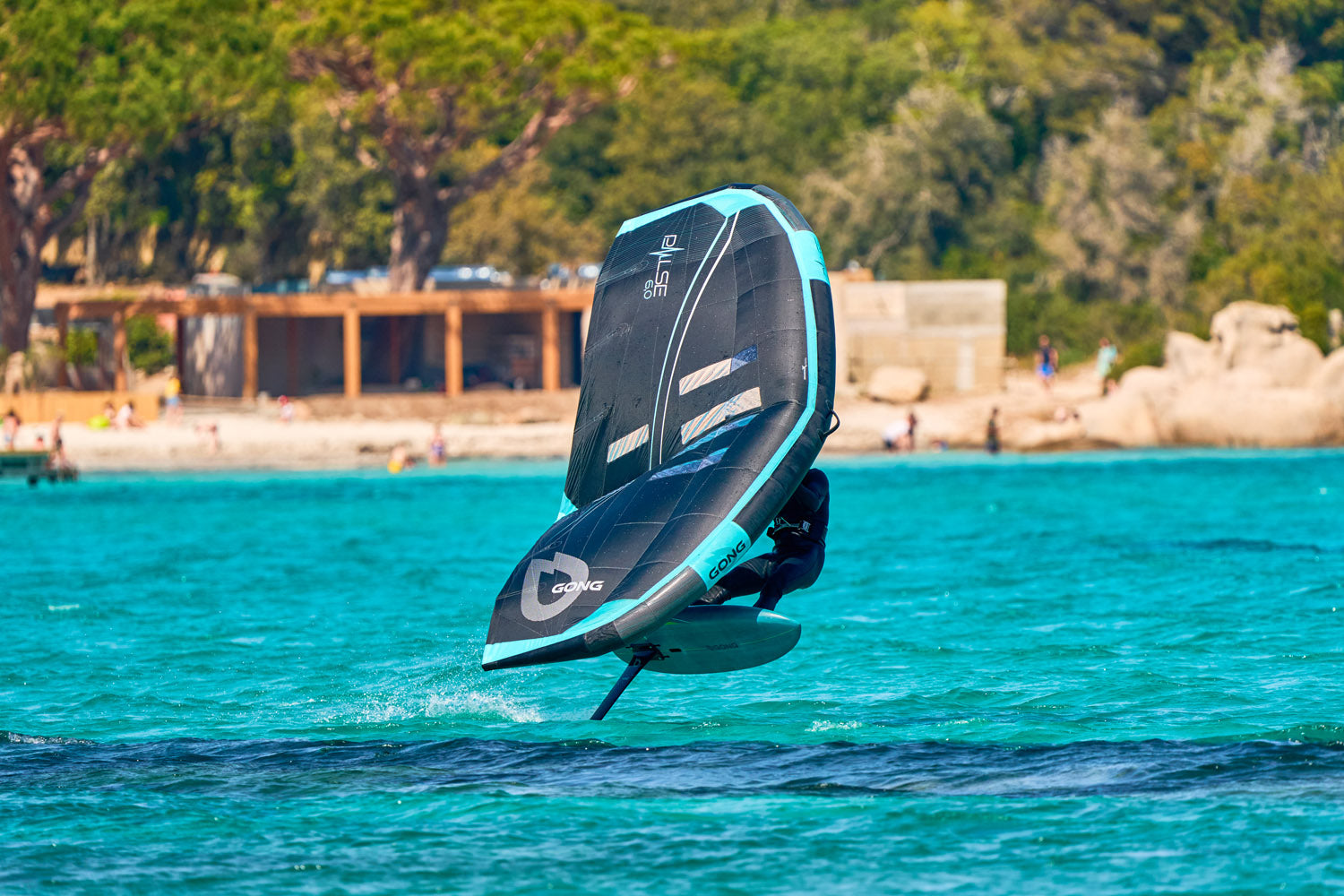
Have an overall view of the spot
Before you even jump in the water, take the time to observe the spot to know where the wind is coming from. It may seem obvious but this new sport will occupy your brain and you will naturally go downwind. So you take your bearings to aim at a crosswind, that is to say at 90° from the wind.
Some advice
The most common mistake is to go upwind much too early. You will lose all your speed and therefore stop the flight. It’s better to first bear away a little while sailing with a crosswind to gain speed and have a better glide to get back upwind gradually.
Then, you will have to luff up. Once you have reached a constant speed, tilt your shoulders back and put yourself against the traction of the wing. Your Foil will then take a little angle. You will have your support on your heels and your Board will be against the heel. Move your Wing back a little and trim it on a little. Often people who don’t get going upwind have the Wing in front of them and sheeted out. Your Wing acts like a Windsurf sail: if you move it backwards, it makes you luff.
Place your feet well. Putting them backwards optimizes your upwind climb while putting them side to the wind of your Board just makes you fly late and wrong. Your feet should be as close as possible to the centerline of the Board.
You have a fetish side: make it your heading side. Take advantage of your ease on that side to gain everything you can. Don’t let yourself get exhilarated by the flight when you go downwind.
Use your body
Fix the position of your body when you go upwind! Keep some pressure on your heels to keep your heading. Bend your legs slightly to stabilize the Foil. Keep your gaze in the direction you want to go, upwind. This should help turn your torso and hips in the right direction as well. Keep traction to a minimum, just enough to keep power in the wing, without over-bordering it.
If you lack speed and balance, release the opposition to the wing’s traction by going slightly downwind to regain some speed and balance.
Key points:
- start riding crosswind to build up speed.
- think about moving your wing back
- fix the position of your body
- place your feet properly
Advisors: the GONG Team and GONG-GALAXY.
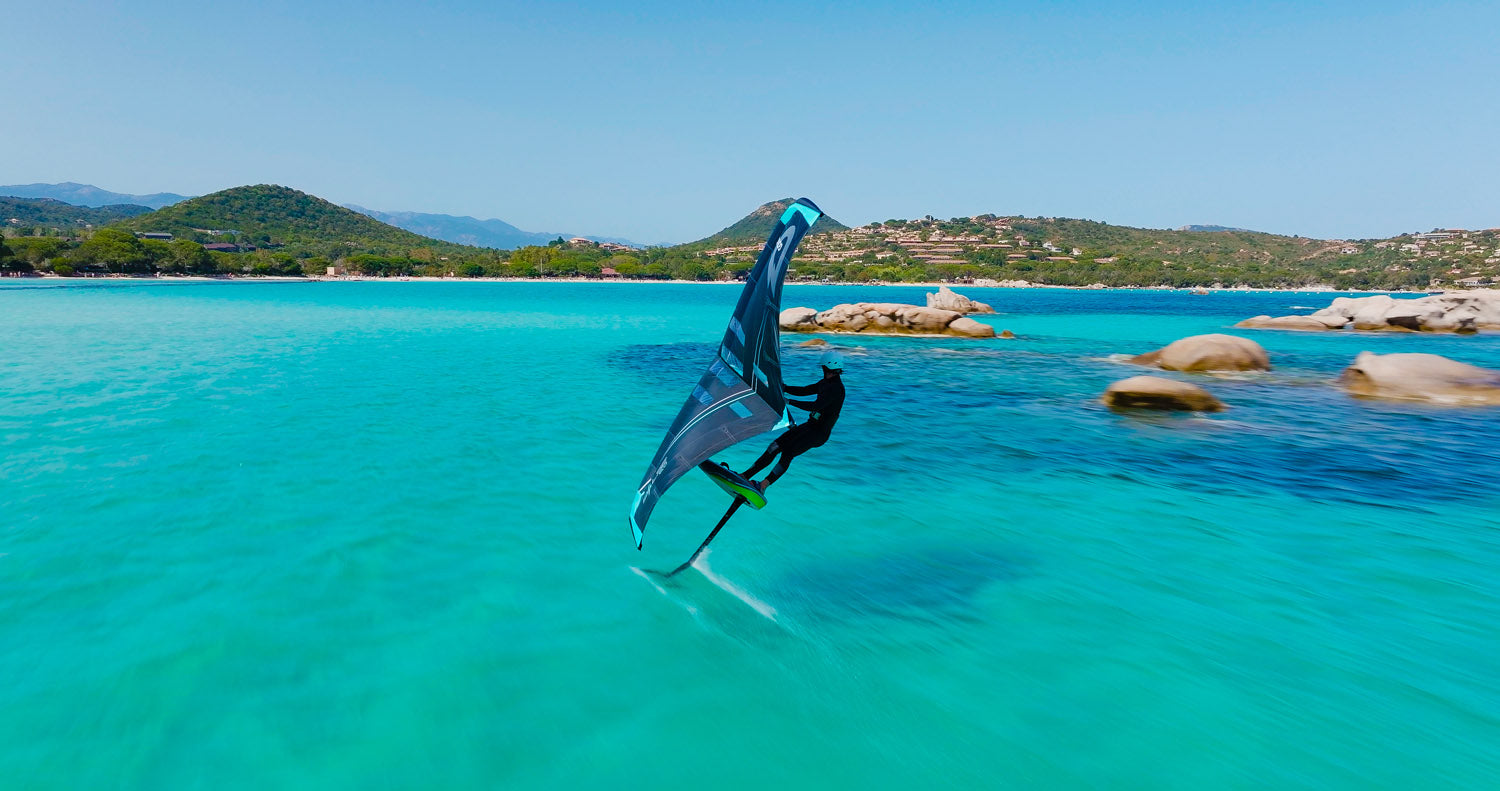
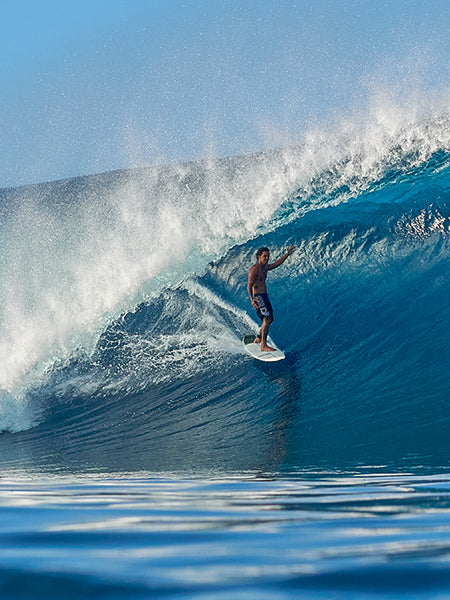
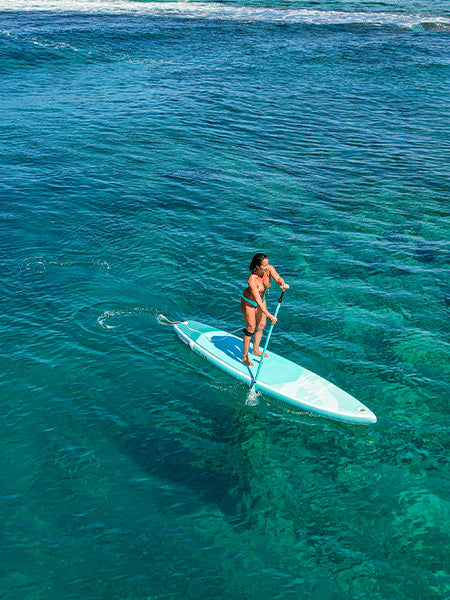

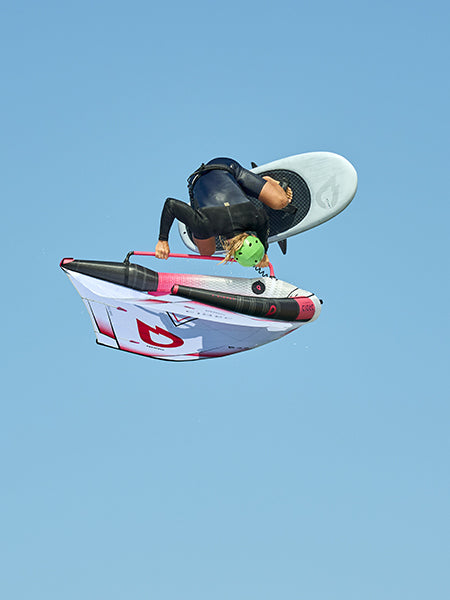
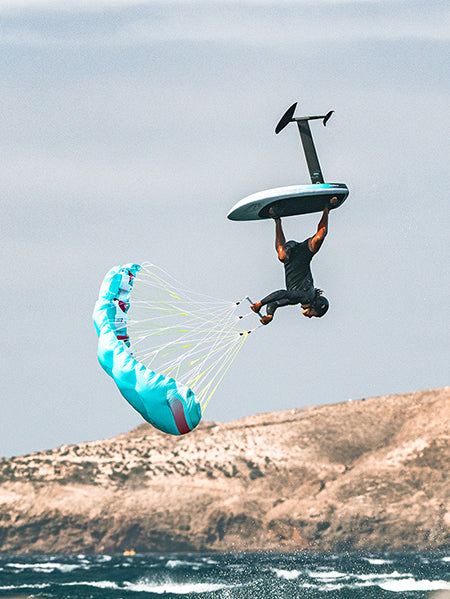
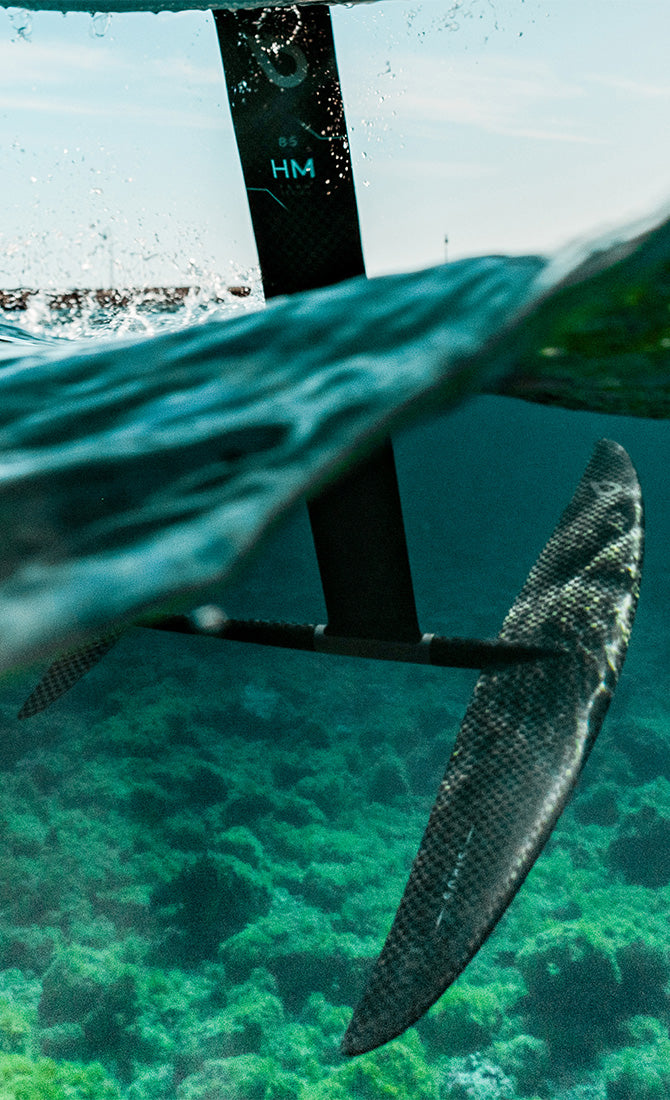




2 comments
Sinon avoir toujours une corde sur soi afin de se aire tracter au vent par un bateau. La remontée au vent est très ingrate et reste très technique. Il y a la solution de naviguer side shore en vent de travers comme en kite.
Bonjour,
J’ai moi-même quelques difficultés à optimiser la remontée au vent que je trouve pénible.
Je pense que cette phrase est difficile à comprendre.
“Placez bien vos pieds. Les reculer optimise votre remontée au vent alors que les mettre côté au vent de votre planche vous fait juste voler mal et tardivement.”
1)Je suppose qu’il s’agit de la position des pieds pour la remontée au vent. C’est à dire la position sur la ligne latérale de la planche (perpendiculaire à l’axe central de la planche) ?.
2)Ne devrait-on pas lire “…côté sous le vent de votre planche” au lieu de " …côté au vent de votre planche" ?
3)Quel est le rapport entre “la remontée au vent” avec un vol “mal et tardif” ?
Merci pour les éclaircissements.
Jean-jacques